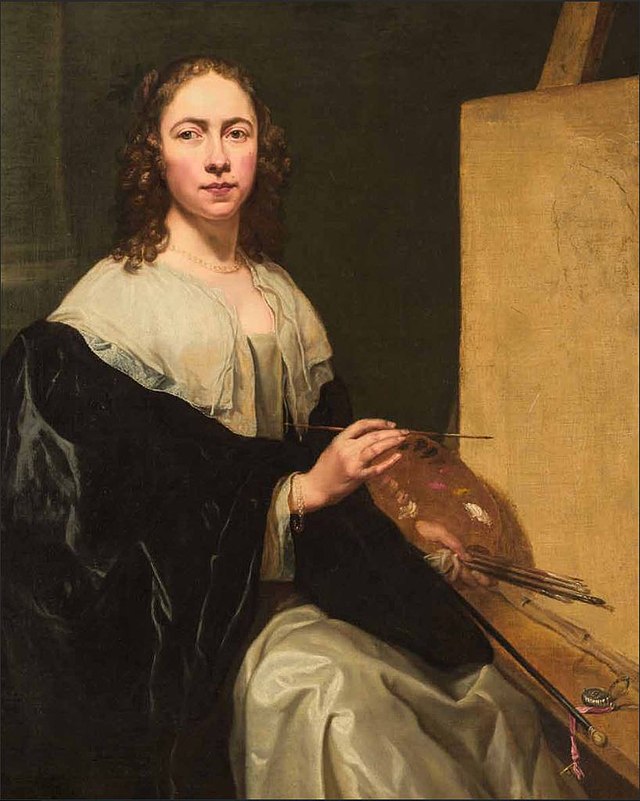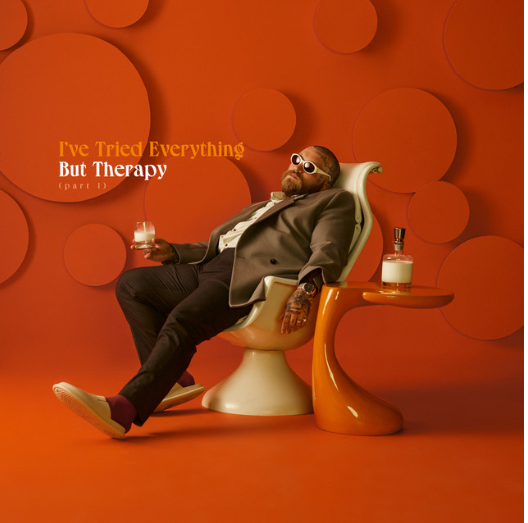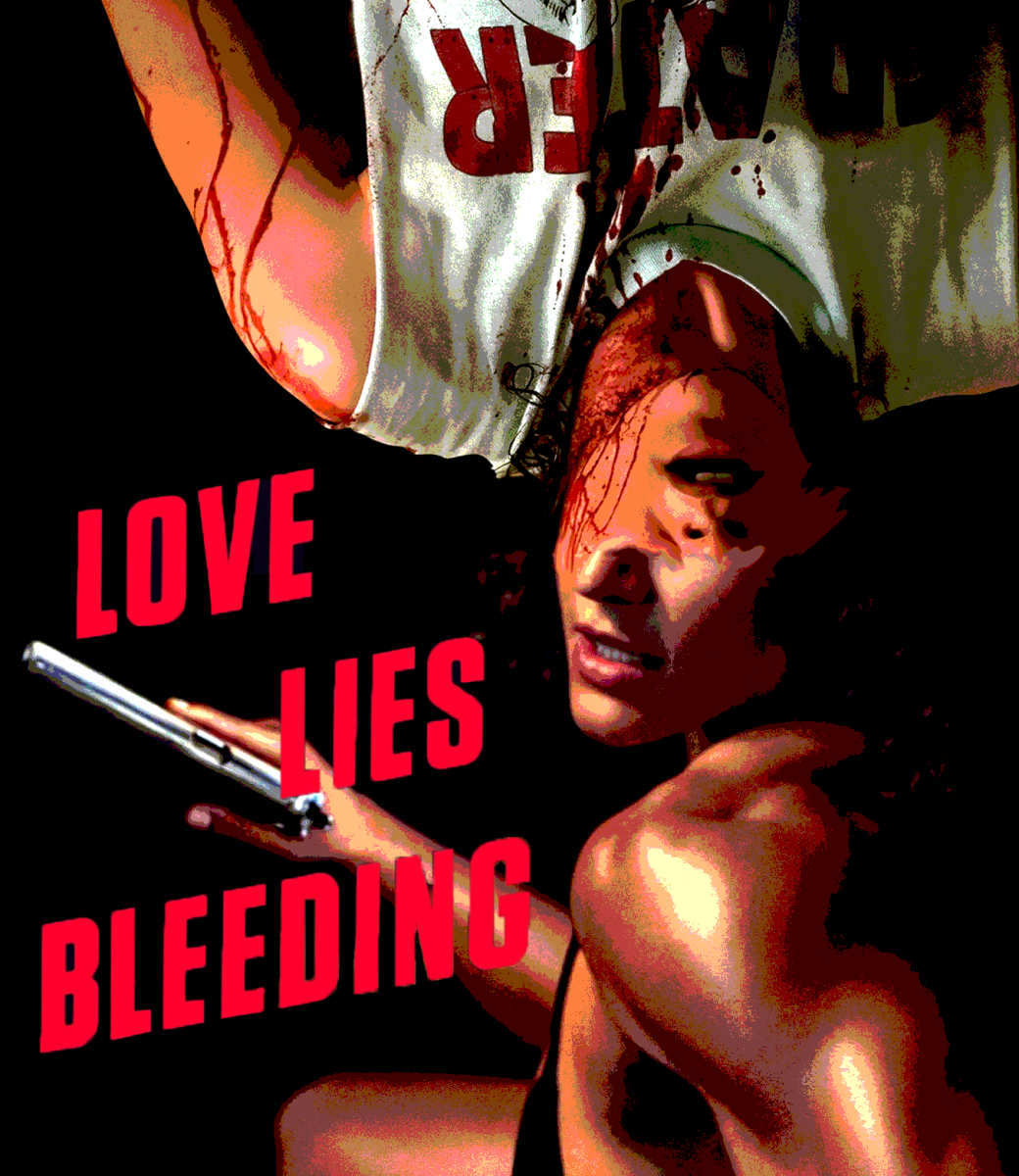More than two years after the release of his major-label debut, West Coast rapper Kendrick Lamar returns with his follow-up album, “To Pimp a Butterfly.” While his debut, “Good Kid, M.A.A.D City,” focused on his unlikely escape from the streets of Compton, California, the sequel focuses on the way fame has affected him.
Struggling with fame is a common theme in hip-hop, and the fact that Lamar transitions to this idea in his second album for Interscope Records may seem disappointing given its overuse throughout the years. However, he is able to spin this strife in a different way than his peers in rap. To be candid, one can only try to empathize with Eminem when he talks about no longer being able to walk into Target without being recognized. Sure, that sounds inconvenient and it can lead to a sort of physical isolation from the general public, but Eminem is one of the most successful rappers of all time, and he is white.
When Lamar weaves together stories about his difficulty adjusting to his rapid rise to the top of the hip-hop scene, his complaints are not trivial, as Eminem’s appear to be. Lamar’s true worry, evident through this new music, is that his newfound fame has become a barrier, leaving him unable to relate to Compton, and the people who still live there, in the way he once did. In a time when black Americans continue to struggle with police brutality and continue to lack the opportunities and resources necessary to escape poverty, the last thing Lamar wants is to be a black man who beat the odds and subsequently forgot the place from where he came. He acknowledges this in the outro of “Hood Politics,” expressing that getting himself out of Compton was one battle in the “war” of helping others escape the same situation, even though he did not realize it at first.
Struggles with fame are not the only focus of “To Pimp a Butterfly,” however. Many of the religious themes that appeared in Lamar’s “Good Kid, M.A.A.D City,” are present again in his new release. In “For Sale?,” Lamar finds himself tempted by Lucy (Lucifer) in a similar way to Jesus’ temptation in the gospels of Matthew and Luke. The contract Lucy offers Lamar is a classic Faustian bargain, and it acts as a precursor to “How Much a Dollar Cost,” where Lamar learns the answer to the question posed in the title: his soul. In the song, Lamar describes denying a homeless man a dollar bill out of selfishness, thinking that he will spend it on drugs, only to find out that the man was in fact God.
Despite having these overarching themes, “To Pimp a Butterfly” is a concept album at heart, much like “Good Kid, M.A.A.D City.” The entire story of the album is explained by a spoken-word poem, found at the end of the final track, about a metaphorical transformation from caterpillar to butterfly. It is a powerful, somewhat cliché story.
One of the biggest differences between “To Pimp a Butterfly” and Lamar’s previous work is the shift in focus from the streets of Compton, to America as a whole. The album title is a play on the title of Harper Lee’s novel “To Kill a Mockingbird,” and is as political as that title might suggest. Lamar knocks capitalism and white oppression in tracks like “Wesley’s Theory” and “The Blacker the Berry,” while exploring his newly acquired power, all over a combination of funk and jazz beats.
Those who worried that lead single “i” signaled a shift to radio-friendly rap and away from the politics of “Good Kid, M.A.A.D City” were surely glad to be proven wrong. The album version of the track sounds more like a polished, live version of the track that hit radio stations in September 2014, and it is followed by a empowering call to action aimed at the black community. The overwhelming positivity of “i,” which won two Grammys in February 2015, is counterbalanced by the somber “u,” a track which finds Lamar dealing with an internal struggle between his complacency in his wealth and his desire to make a difference. The second half of the song, also depressing, finds a tortured Lamar struggling to cope with the 2013 death of his Compton friend.
Interestingly, “To Pimp a Butterfly” ends with a faux interview between Lamar and legendary rapper Tupac Shakur, who was murdered in 1996. Lamar cuts and pastes pieces of Shakur’s 1994 interview for P3 Soul Broadcasting Corporation around his own questions. The replay value on this interview may not be high, but the artistry is intriguingly bold.
“To Pimp a Butterfly” is an album intricately woven together by one of the most influential young rappers in the business. Its tackling of harsh realities in powerful, yet enjoyable ways will be commended and dissected for years to come.







